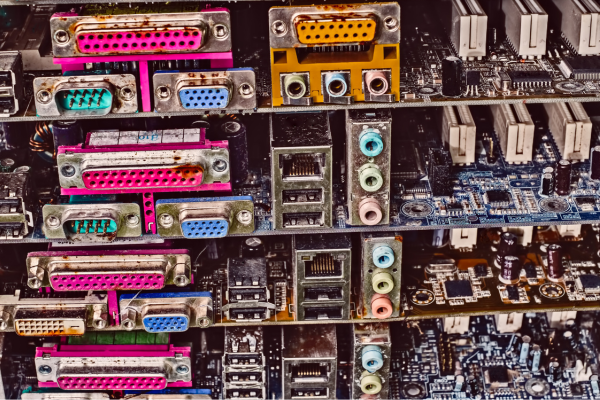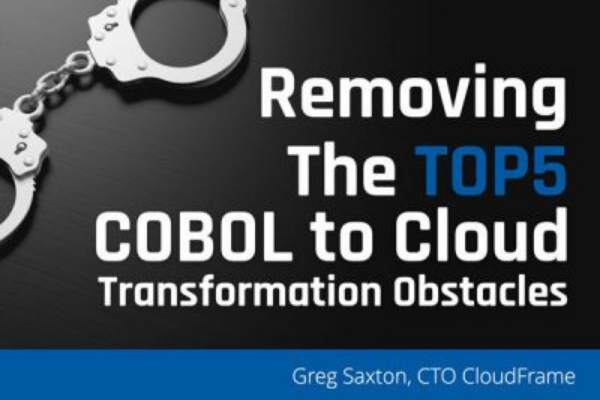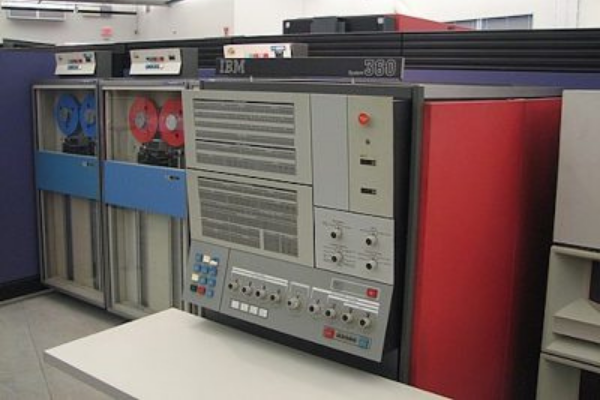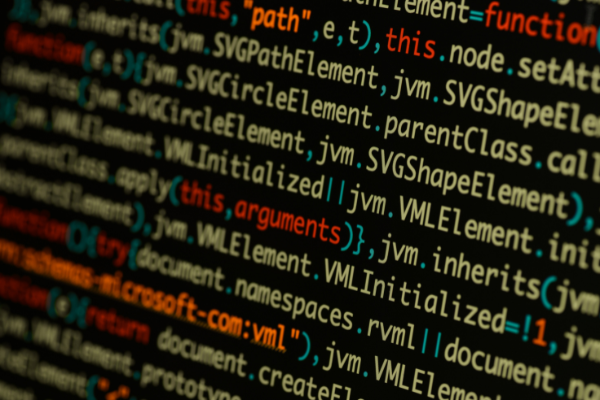The Benefits and Challenges of Mainframe Application Modernization

Mainframe systems have been the backbone of large businesses and organizations since the advent of the IBM System 360 in 1964. That is a long time for mainframe systems to grow and increase in complexity, making them difficult to maintain over time. As a result, many companies are now considering mainframe application modernization as a means of increasing their efficiency and reducing their costs.
Mainframe application modernization refers to the process of updating and optimizing legacy mainframe systems to make them more efficient, cost-effective, and easier to maintain. The process typically involves several aspects, including re-platforming, refactoring, re-hosting, and re-architecting.
Re-platforming involves moving legacy mainframe applications to a more modern platform, such as cloud or a distributed system. Refactoring involves breaking down large, monolithic applications into smaller, more manageable components. Re-hosting involves moving applications to a new environment while maintaining their existing codebase. Finally, re-architecting involves redesigning the entire application to suit modern business needs better.
It is important to keep in mind that application modernization does not necessarily mean moving your applications to another platform. The mainframe offers many benefits and reasons not to move, such as high availability, security, scalability, and a host of existing applications and support software, not to mention a cost-effective ROI when managed effectively.
Benefits of Mainframe Application Modernization
Regardless of the specific modernization approach used, mainframe application modernization has several key benefits.
Cost Reduction
One of the most significant benefits of mainframe application modernization is cost reduction. Legacy mainframe systems can be incredibly expensive to execute, maintain and update due to the specialized hardware, software, and personnel required. By modernizing these systems, businesses can reduce overall costs by transitioning to more modern and cost-effective platforms and technologies. Furthermore, expertise in some mainframe technologies (such as ISPF and COBOL) is dwindling, even as their usage continues unabated. But the cost can be reduced by using tools like Zowe to provide a more modern interface and Cloudframe to transform COBOL to Java.
Furthermore, shifting application programs from COBOL to Java can make them eligible to run on IBM zIIP processors and potentially save on your monthly mainframe software bill.
Increased Efficiency
Another benefit of mainframe application modernization is increased efficiency. Legacy systems can be slow and difficult to navigate, making it challenging for employees to complete tasks efficiently. Modernizing these systems allows businesses to streamline their processes and make them more user-friendly, leading to increased productivity and faster turnaround times. Integrating mainframe development and operations into modern DevOps practices also can improve efficiency by automating code reviews, unit testing, continuous integration, and automated deployment.
Enhanced Scalability
Although the IBM Z itself is highly scalable, legacy mainframe applications can be difficult to scale up or down to accommodate changing business needs. By modernizing these applications, businesses can ensure that their systems can handle increased traffic and user demands without sacrificing performance or reliability.
Improved Integration
Modernizing legacy mainframe systems can also make integrating them with other systems and applications easier. Integrating older applications and code into modern DevOps pipelines can be difficult. Through modernization, businesses can improve their workflows, reduce duplication of efforts, improve code maintainability, and better leverage the data stored within their systems.
Continuing Compatibility
Mainframes are unique in that they need to support applications of varying ages. As we noted at the beginning of today’s post, the first System/360 mainframe was delivered in 1964, and applications have been written and modified for the platform ever since. This means that a mainframe system may rely on programs that are 50+ years old, as well as programs that were just written yesterday. By modernizing applications on the platform, organizations can continue to integrate and rely on their robust multi-decade portfolio of applications.
Challenges of Mainframe Application Modernization
Despite these benefits, several challenges are associated with mainframe application modernization.
Legacy Code Complexity
Legacy mainframe systems are often built on decades-old codebases, which can be incredibly complex and difficult to work with. For sufficiently old applications, it is even possible that source code may no longer be available. This complexity can make it challenging for businesses to update and optimize their applications without causing unintended consequences.
Staffing Challenges
Another challenge of mainframe application modernization is finding skilled personnel to carry out the modernization process. Many of the skills required to work with legacy mainframe systems are no longer in high demand, leading to a shortage of qualified personnel. Whereas modernization is an attempt to combat this challenge, it can also be inhibited because modernization efforts can require technicians with legacy mainframe skills that are difficult to find.
Risk of Downtime
Mainframe application modernization can be a complex process, and any errors made during the modernization process can lead to downtime and other disruptions. This can be especially problematic for businesses that rely heavily on their mainframe systems for critical operations.
Although downtime is a problem when making changes to any computing platform, it can be particularly vexing for mainframe changes because IBM promotes the mainframe as capable of delivering seven 9s of availability. That is 99.99999% or 3.16 seconds of downtime per year!
The Bottom Line
Despite these challenges, mainframe application modernization can be a valuable investment for businesses looking to improve efficiency, reduce costs, and stay competitive in today’s fast-paced business environment. A greater success rate can be achieved by taking an incremental approach to modernization, for example, converting one or two applications to Java instead of trying to modernize or lift-and-shift an entire environment. After succeeding with the first few applications, additional apps can be targeted for modernization.
By working with skilled personnel and taking a careful, strategic approach, businesses can successfully modernize their legacy systems and reap the benefits of a more modern, efficient, and reliable IT infrastructure.

Related Post

Removing COBOL to Cloud Obstacles Webinar Recording Available on YouTube
The recording of the Removing The Top 5 COBOL to Cloud Transformation…

3 Risk Mitigation Strategies for Mainframe COBOL Compute Cost Projects
Big iron isn’t going away. Regardless of the thousands (or maybe tens…

The Amount of COBOL is a Function of History and…
Much of the defense of COBOL as a programming language is based…

Recent Comments